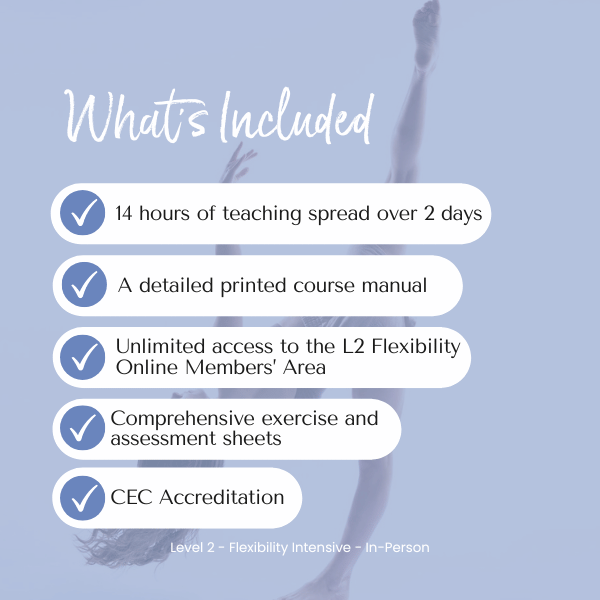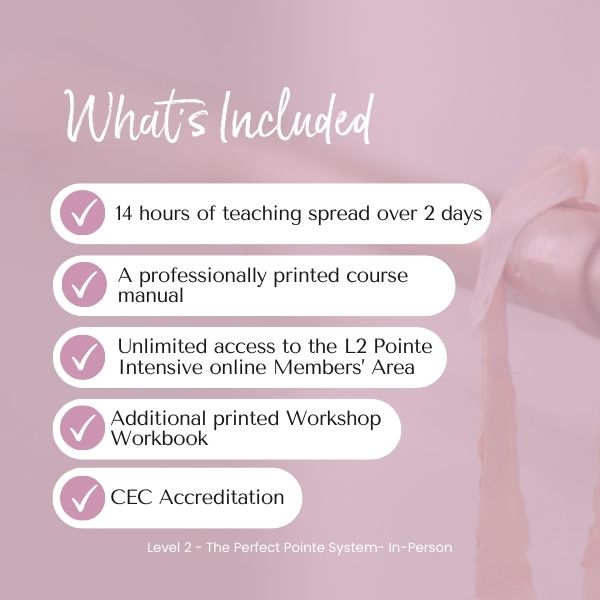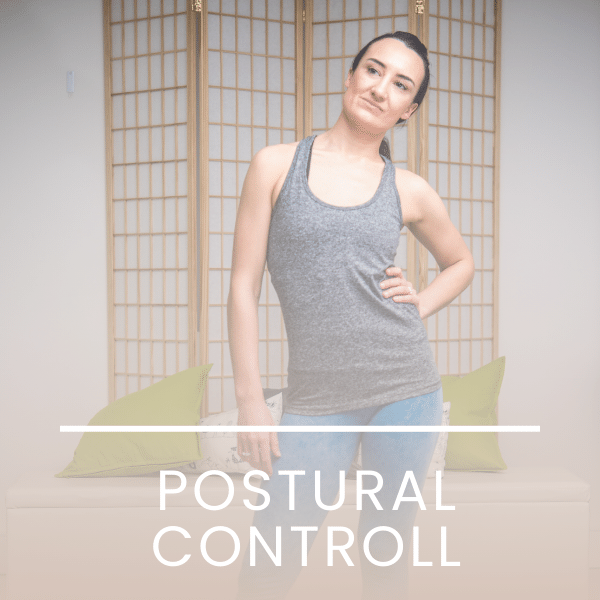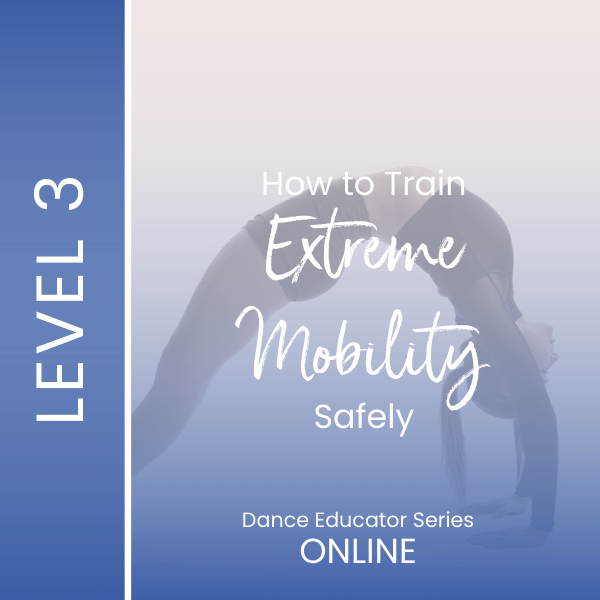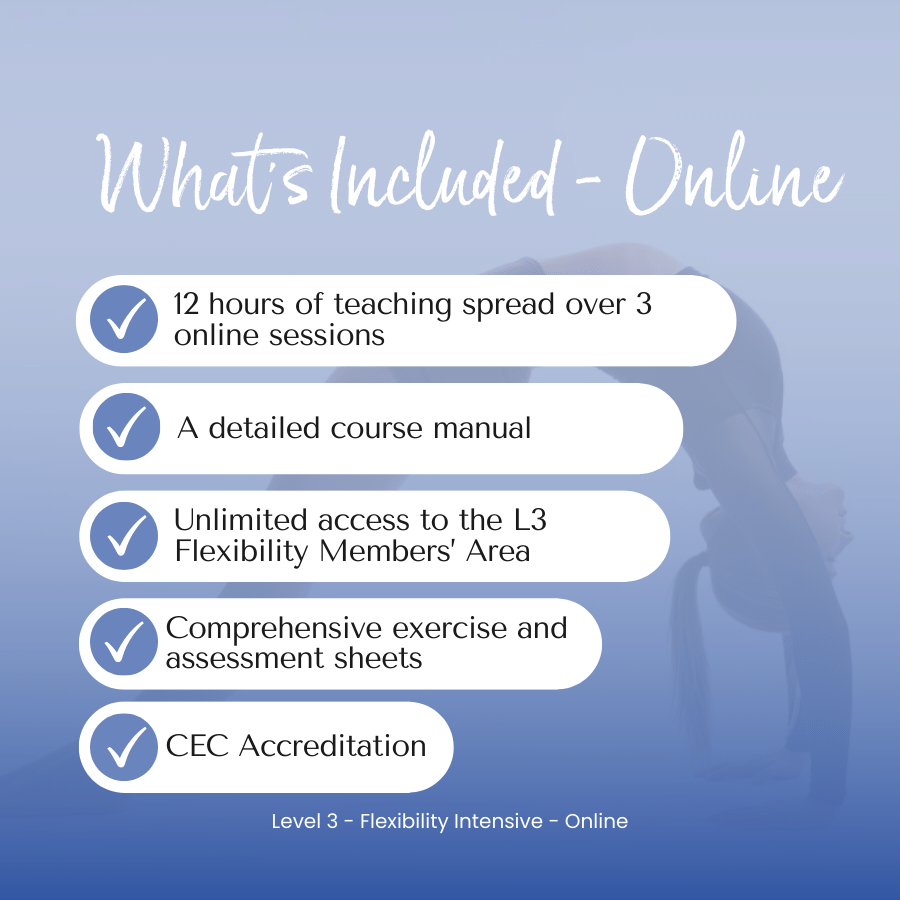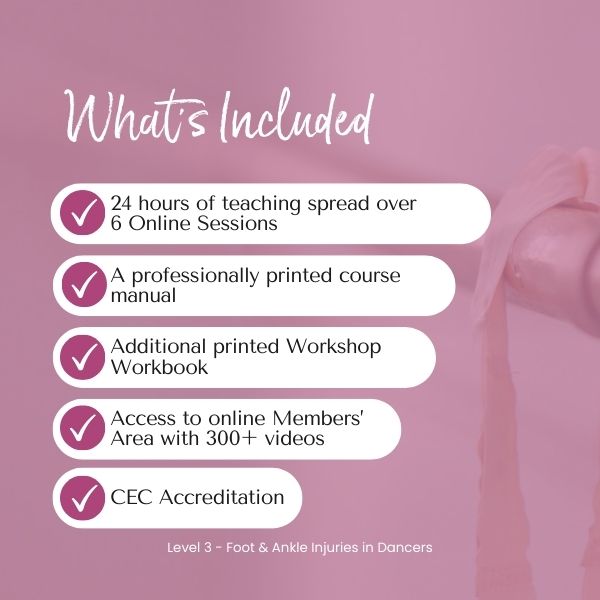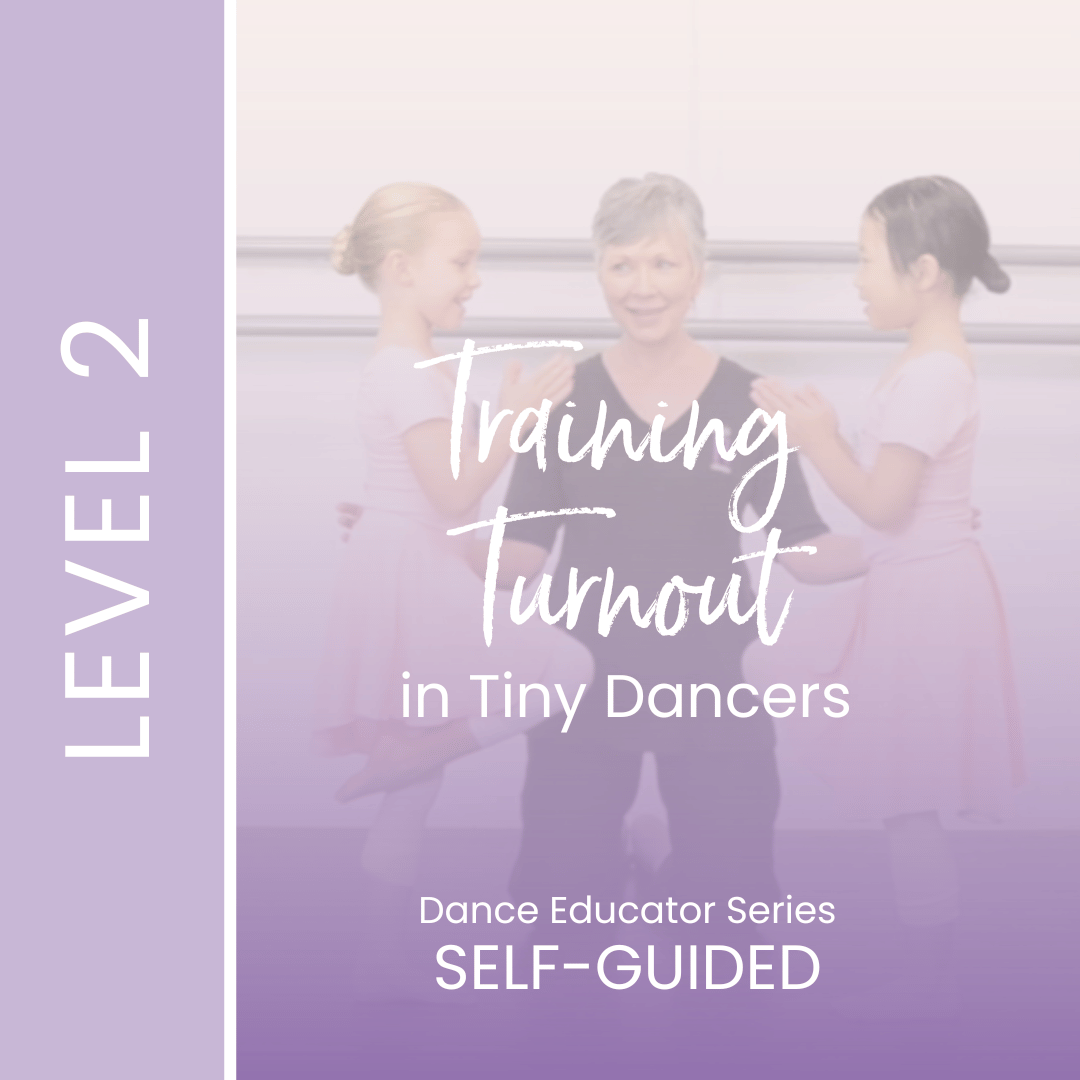- Free Articles
- Shop
- Workshops
- The Dance Educator Series
- L1 – The Fundamentals
- L2 – Pointe Intensive
- L2 – Flexibility Intensive
- L2 – Training Turnout in Tiny Dancers
- L3 – Foot & Ankle Injuries in Dancers – NEW
- L3 – Hip Injuries in Dancers
- L3 – How to Train Extreme Mobility Safely
- Upcoming Workshops
- Workshop FAQ’s
- Workshop Testimonials
- Host Application Form
- Dance Teacher & Health Professional Directory
- Members Areas
- Cart
- My Account
Level 2 Flexibility Intensive
For Dance Teachers and Health Professionals
"Pushing in the direction you want to go is often the slowest and most dangerous way of getting there..."
- Lisa Howell
If you are struggling to find exercises to fit all students or feeling frustrated because you feel helpless with a particular student who just isn’t making progress, this course is for you! This workshop will help you assess your students in detail and be able to offer them effective techniques in a logical clear order to get them on the way to achieving THEIR optimal flexibility.
About This Course:
This course is designed for Dance Teachers, Hands-on Therapists, Yoga Practitioners, Pilates Instructors, Athletic Trainers, Gymnastic Coaches and anyone else interested in the art of Flexibility Training.
With an exponential increase in demands for flexibility, often fuelled by the influence of social media platforms, many teachers are seeing injuries in their dancers as they strive to excel. This is due to the fact that most traditional methods of stretching to improve range fail to acknowledge the variety of different bodily systems that affect mobility, and how each one needs to be works with. Mastering the art of using specific exercises that are based on the quality of restriction allows a gentler, and more effective approach to flexibility training, to rapidly improve mobility in your students in both a studio and clinical setting.
The Level 2 - Flexibility Intensive includes:
- Exploration of the multifactorial nature to flexibility training
- Specific assessment tests to discover exactly where each individual is restricted
- Safe and effective ways of mobilising each type of restriction to create more mobility
- Understandings around why these areas of tension build up in the first place
- Different training techniques with different individuals at different points in time
- Details on how to help manage the flexibility of adolescents safely during growth-spurts
- Smarter alternatives to the traditional method of pushing into restrictions
You will finish the course with a deep understanding of how to assess the type of flexibility restriction a performer is facing, and have a clear Order of Priority and specific techniques for addressing each one for the best outcome. This approach will help you unravel restrictions for each of your dancers that may have otherwise gone unrecognised.
If this sounds like exactly what you need to help your dancers achieve their flexibility goals, then check out the available formats, and chose the one that works best for you!
In-Person:
This course is conducted in-person over two days in various locations around the world at different times. Attending in person is a great option for those who love to be immersed in the learning experience, and to get personal, physical feedback on your understanding of the content. Check the dates and locations available on our upcoming workshops page, or, if you would like to host an in-person Dance Educator workshop, please fill out the Host Application Form and send through to us.
Online:
When delivered online this course is delivered over 3 weeks, with 2 x 2 hour content sessions each week. This layout allows you to ask questions and get personal feedback, just like in an in-person course, but allows you to do so from the comfort of your own home. An added benefit for many participants is having a week of integration time between each online session, to review the material, try it out on several dancers, and avoid the sense of overwhelm that some feel in a multi-day course.
Self-Guided:
We have now created the option for participants to work through the content independently. This allows you to take your time, fitting in the sessions around your own schedule. This option is great for those who want to learn, but have busy lifestyles and cannot attend one of the set dates for he online or in-person workshops. Every element of the course is filmed in detail, and you also get access to the recording of a recent online course if you prefer to watch along with others.
What's Included:
CONTACT HOURS:
-
In-Person: 14 hours of teaching spread over 2 days
-
Online: 12 hours spread over 3 weeks (3 x 4hr sessions)
- Self-Guided: Immediate access to all online resources, including the extensive Member's area and recordings of recent online calls
MATERIALS PROVIDED:
-
You will receive access to a detailed course manual which includes both the theoretical components and practical exercises discussed in the course.
-
Plus, a workshop workbook to document your personal discoveries
ONLINE MEMBERS' AREA:
-
During the workshop will you be given access to the Level Two Flexibility Intensive Members' Area, giving you lifetime access to numerous resources to continue your learning, including:
-
Over 100 pre-recorded videos explaining each test and exercise in detail
-
A variety of different assessment sheets to help different learning styles
-
Downloadable tracking sheets and exercises rehab plans to make implementation of the course content as easy as possible
CEC ACCREDITATION:
-
After the workshop, you will be emailed the CEC Accreditation Application Form, which is designed as an overview of the online course in order for you to appropriately claim CEC credits with your governing body.
-
In-person: 14 hours
-
Online: 12 hours
- Self-Guided: 12 hours
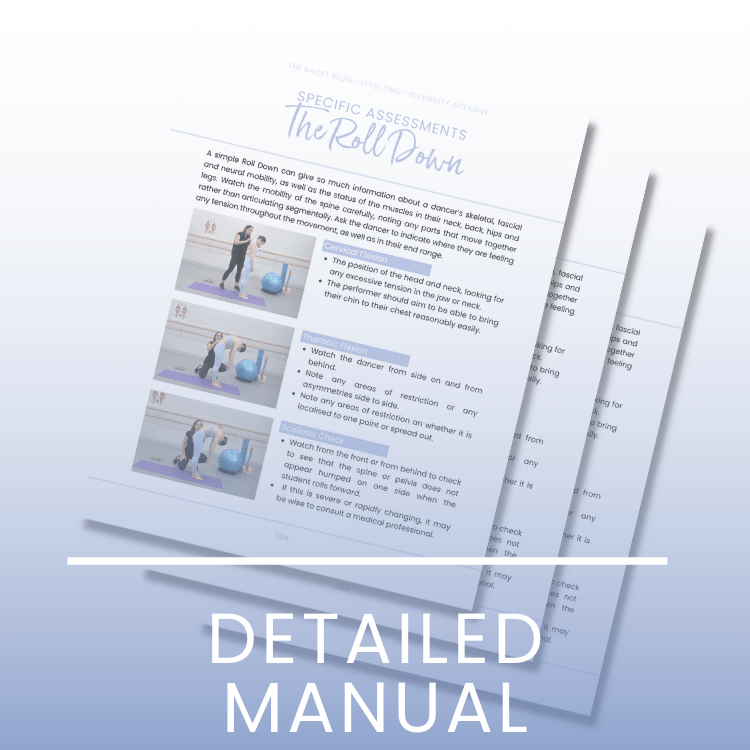
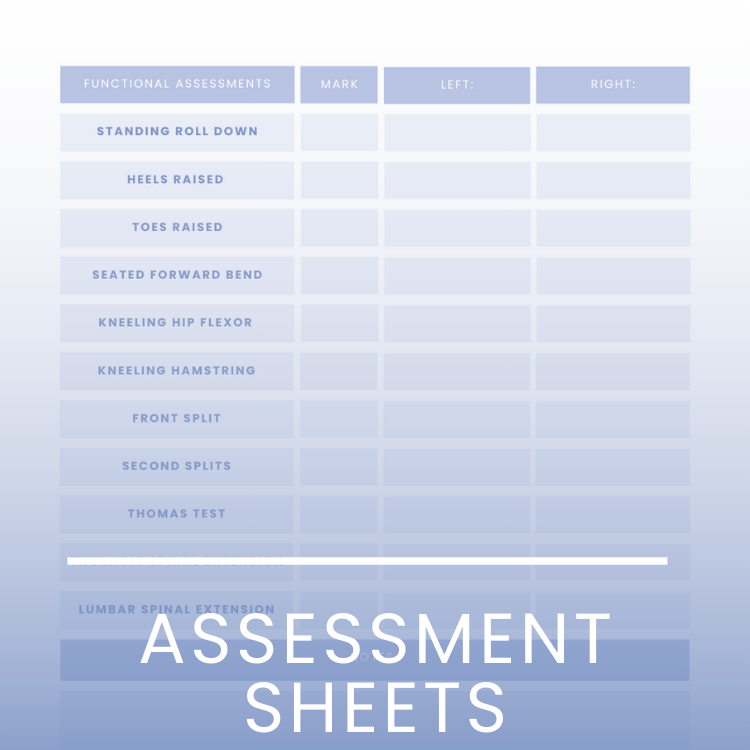

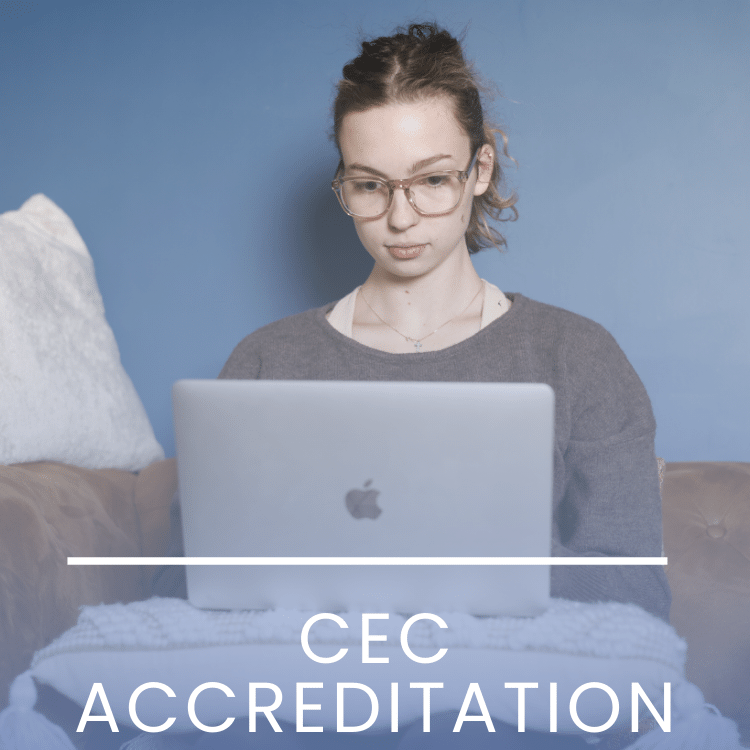
Overview of the content covered:
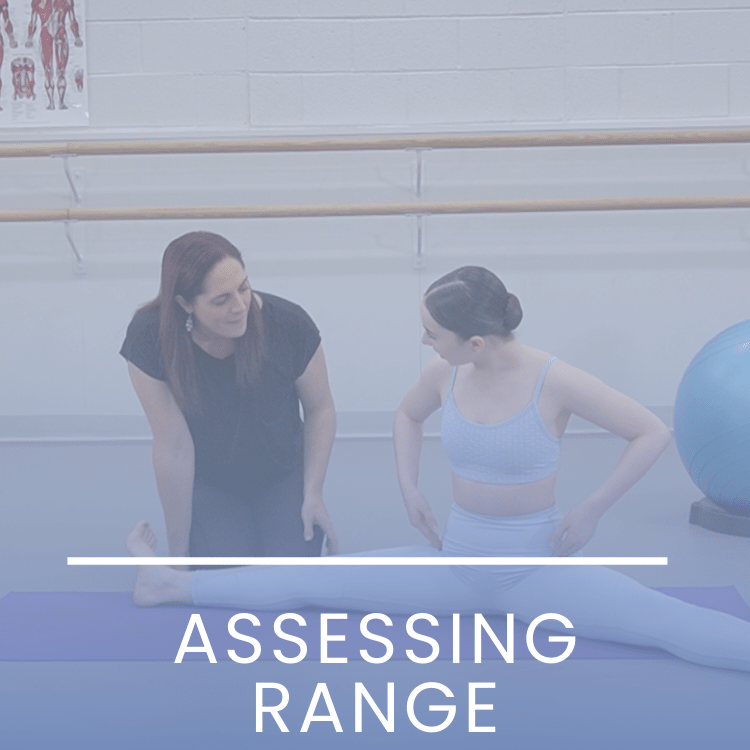
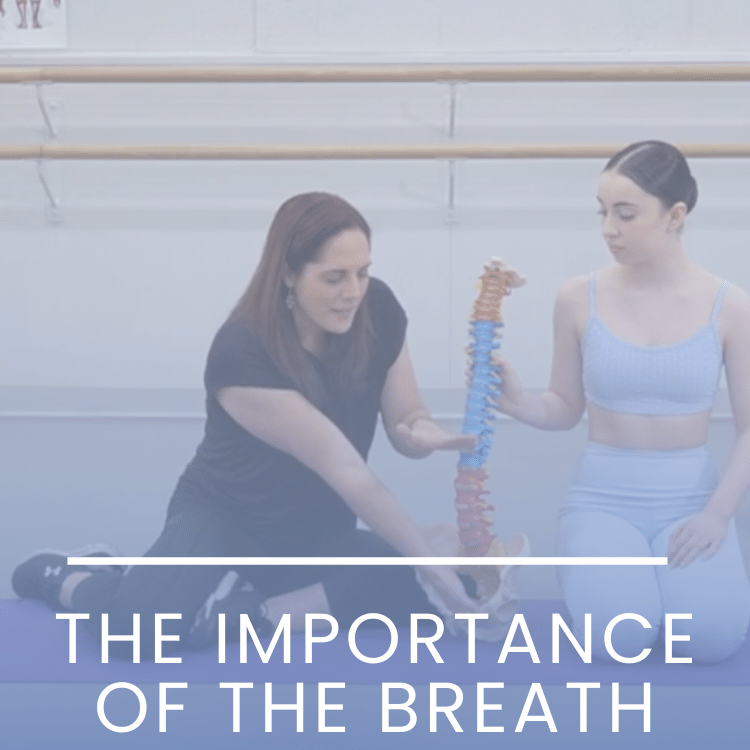
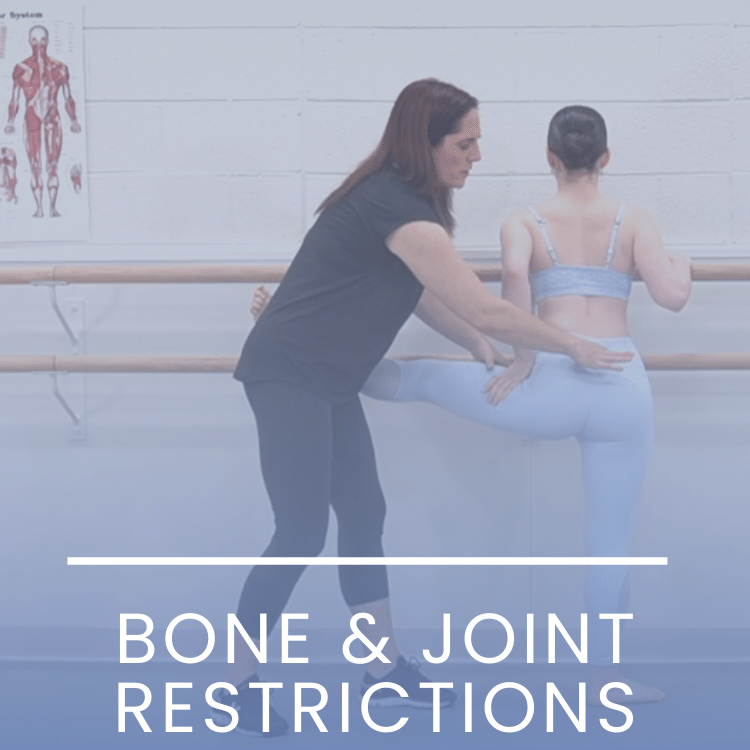
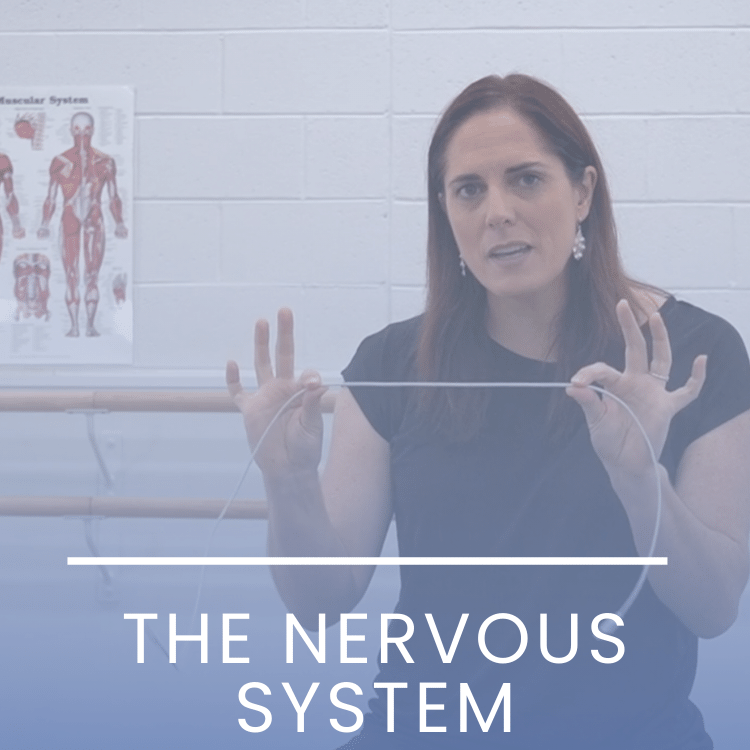
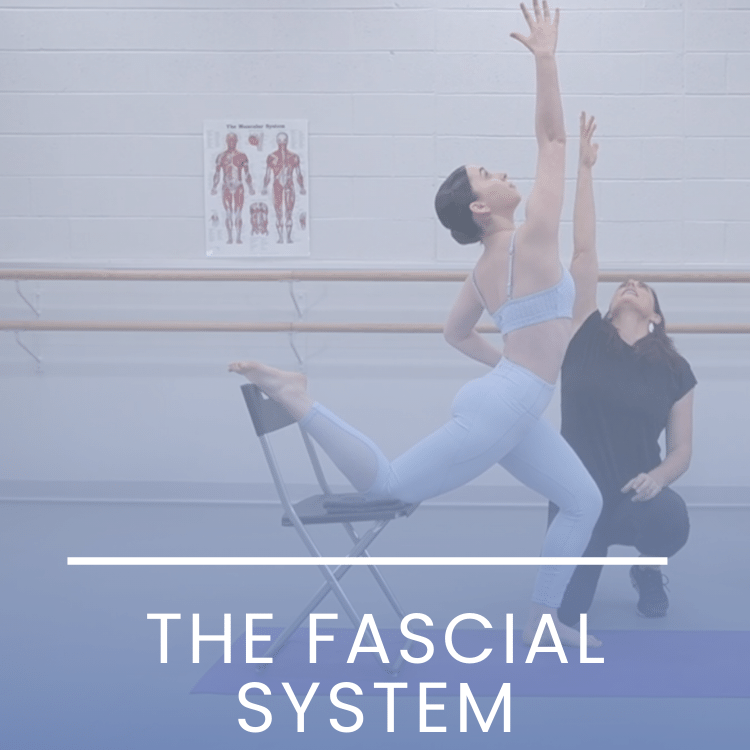

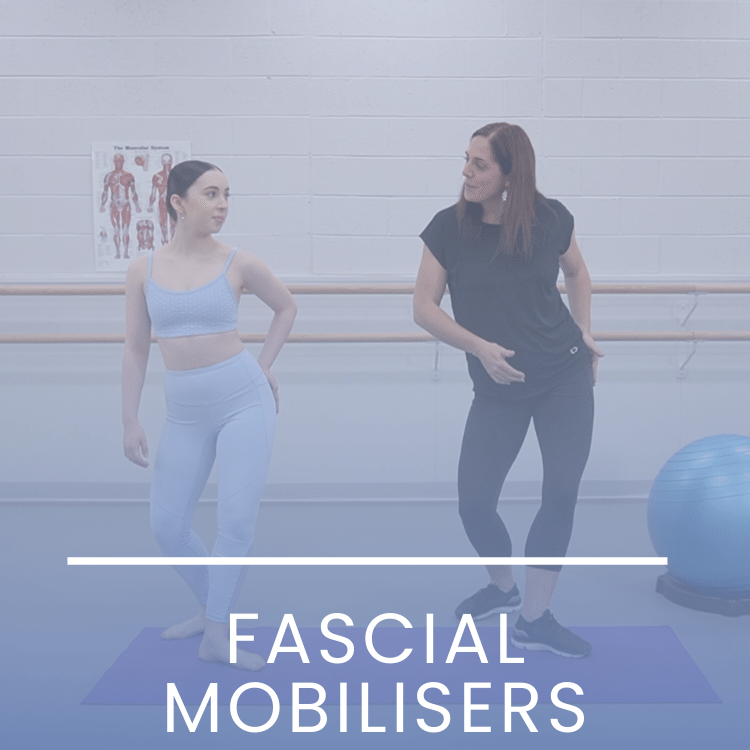
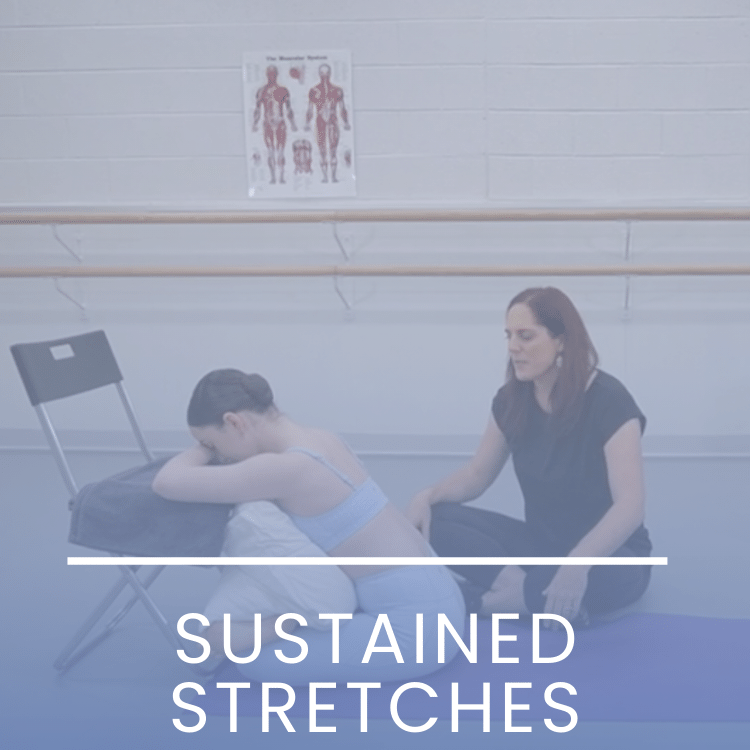
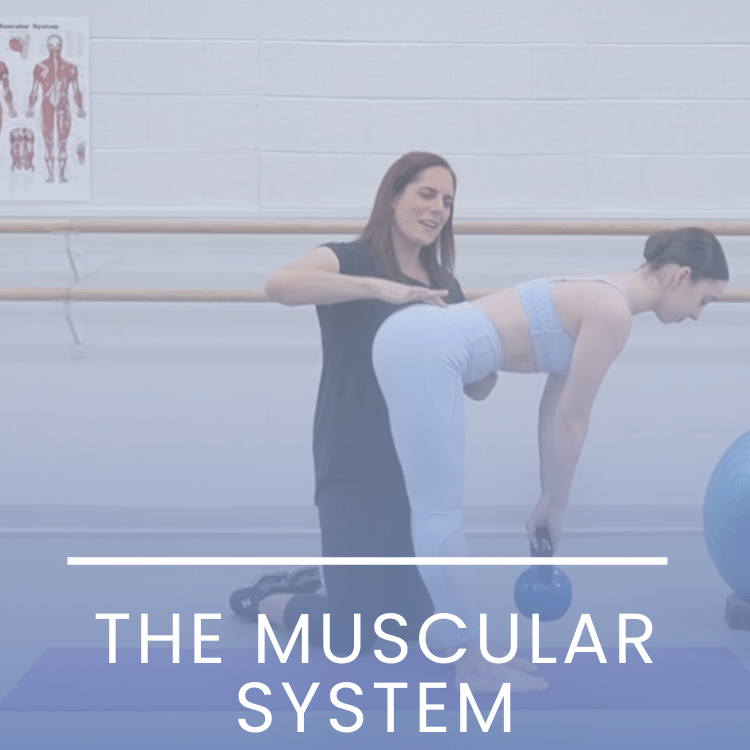
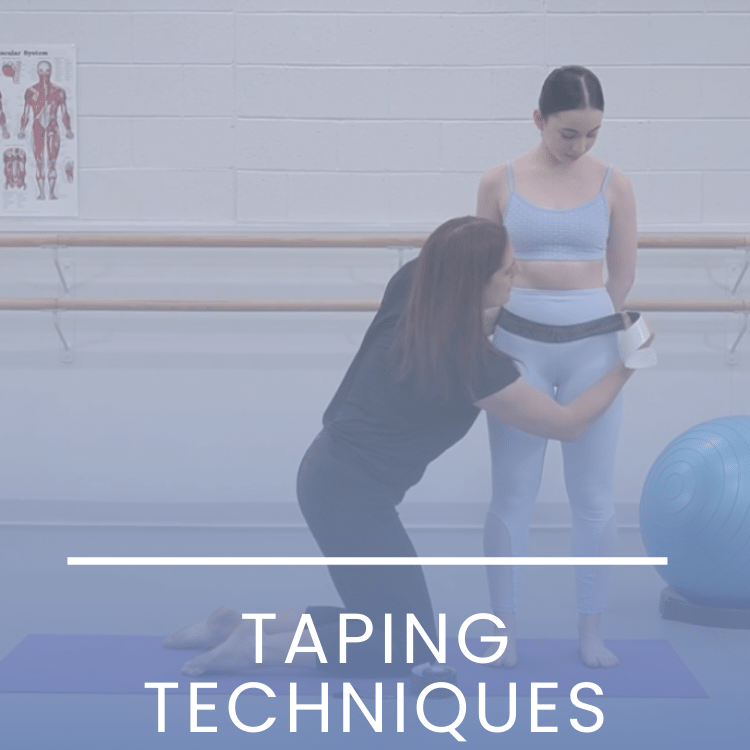


To get started on this comprehensive flexibility course, check out the available locations and dates on our Upcoming Workshops page.
FAQ's
Do I have to be able to demonstrate all of the exercises?
- No! Please do not worry if you struggle with your own mobility or have an injury that is limiting your mobility.
- We have every element of the course filmed with demonstration students so you will not need to perform any movement that is not part of your normal repertoire.
- However, many teachers are delighted at just how much they effortlessly improve their mobility during the tests and exercises in this course!
Can I attend this course before completing the Level One Course?
- Yes. Due to the new format of this workshop it can be taken as a stand alone course if you have not yet completed Level 1.
- However, we highly recommend you familiarise yourself with Lisa's approach to Flexibility training by revisiting the Front Splits Program before attending the course.
- If you wish to delve deeper we highly recommend you attend the Level 1 Teacher Training either in person or online, or sign up to the Online Teacher Training Portal.
To get started, check out the available dates and locations on our upcoming workshops page.
A snippet from the course: How to improve range in second splits
During this flexibility intensive you will learn about the different kinds of restrictions that can impact flexibility in any area of the body. Knowing how to assess the current quality and location of the restriction is essential in being able to choose an effective mobiliser to improve range.
Try assessing several dancers flexibility into a side split from sitting. Make sure that they do not push too deeply into their range, and instead, look for the first sign of restriction. This may be in one of many different areas, and each one will require a different set of mobilisation techniques to resolve. Have a think about why different individuals would feel this in different places, and how you would address each reported restriction. Try this on a few different dancers and experiment with the effectiveness of the techniques you have chosen. If you need some help, this course is for you!
JOIN THE BALLET BLOG
to get access to over 100 free articles & 10% off your first order!
We promise not to clutter your inbox - but we will send you our latest tips, videos and promotions.


